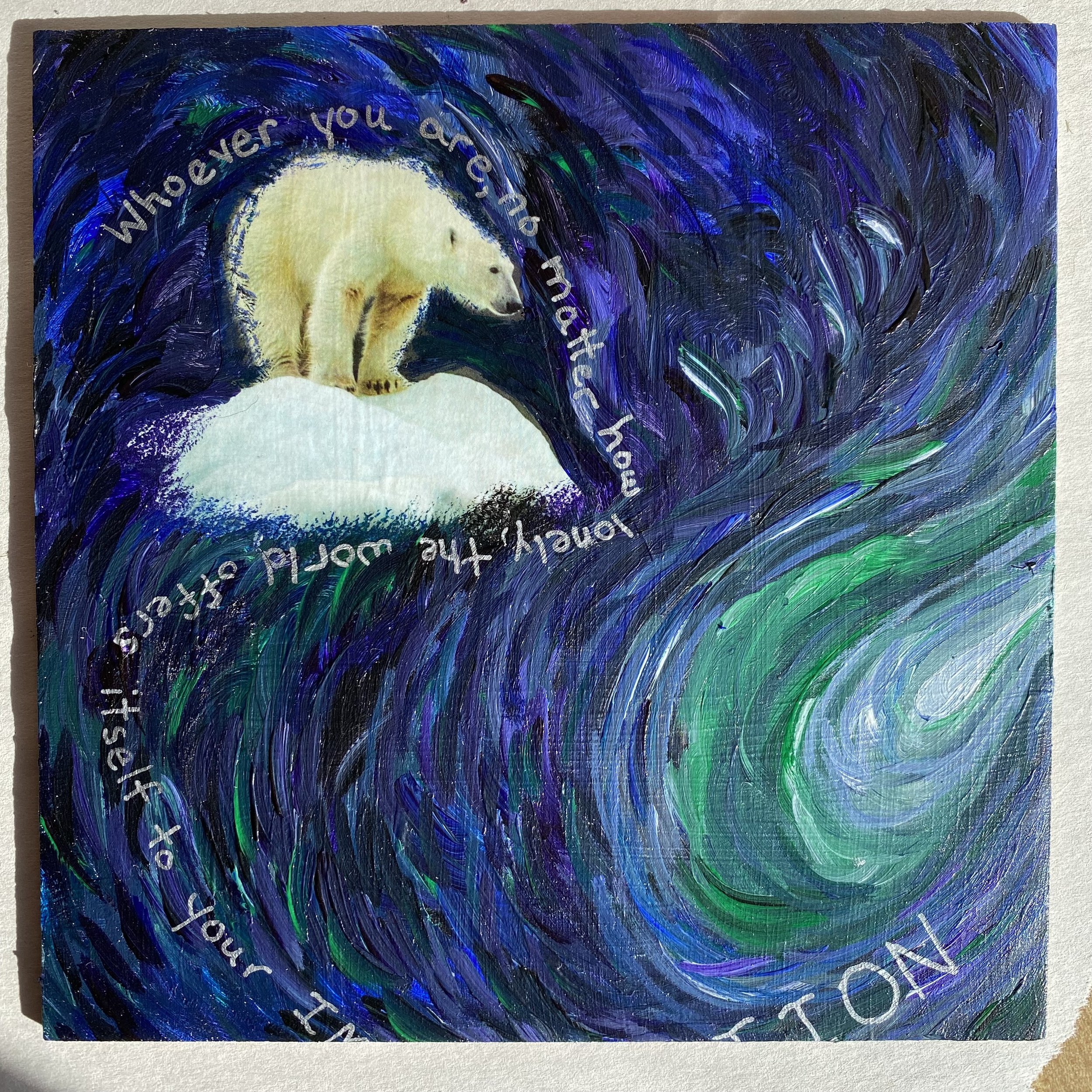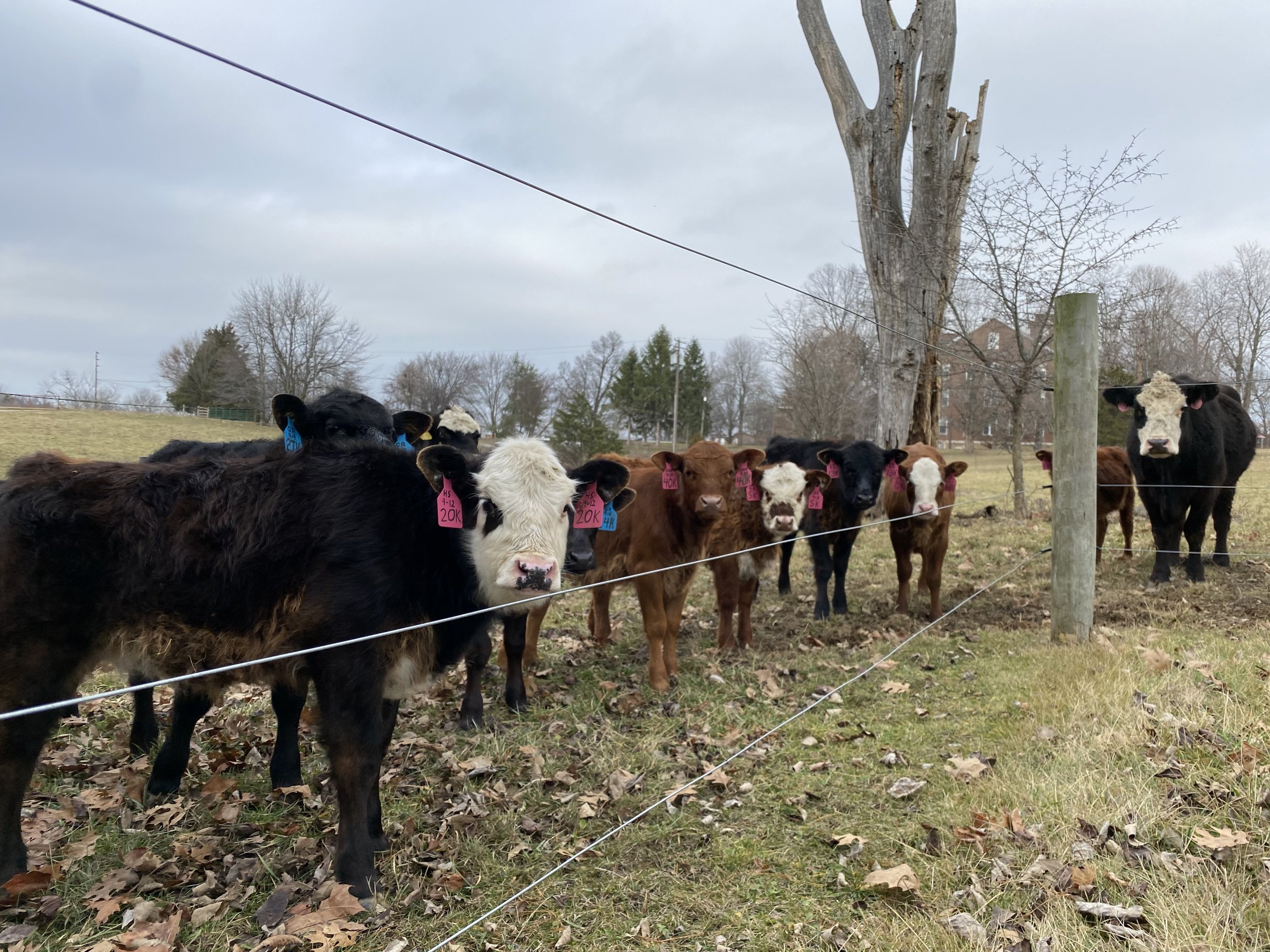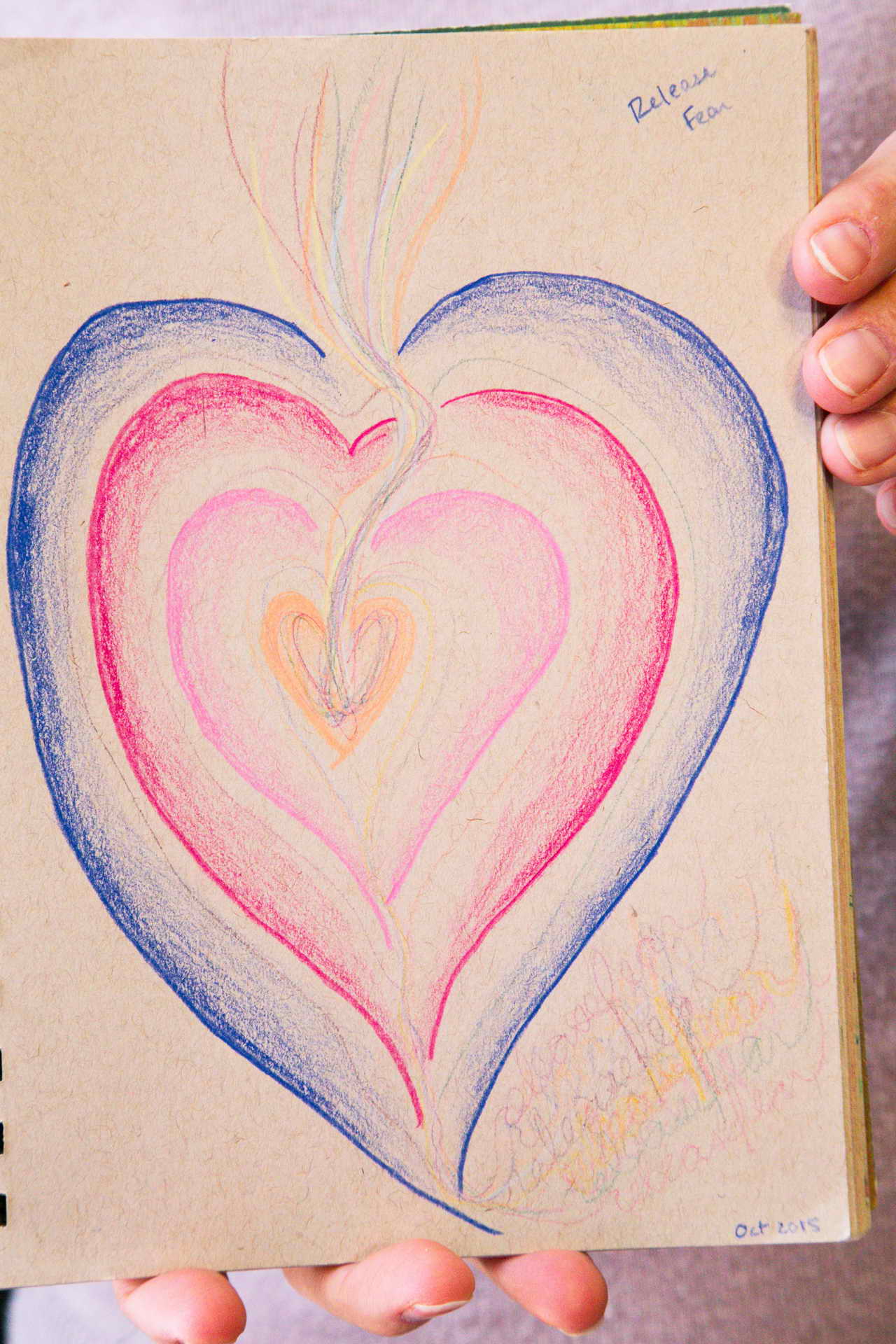You Do Not Have to Be Good
/Dear friends,
Happy New Year! I hope these first days of 2023 have been kind to you.
I started the year by preaching at my church and then leaving for a weeklong artist residency co-sponsored by the Kentucky Foundation for Women and the Sisters of Loretto/Loretto Community. When I applied for the residency, I said I wanted to do a lot of writing. That's not what happened, but before I say more, let me back up.
It is a great honor to share my reflections with my church community. It also always stresses me out. What if my theology is off? What if my message doesn't resonate with people? Since I've been given the privilege of doing this, I want to do it well. Between Christmas and the new year, I was still recovering from COVID and, to be honest, from the last several months of going, going, going. I was tired and didn't have a lot of energy to put toward my homily. As I was preparing, I kept telling my recovering-perfectionist self, "Good is good enough." I was sharing this with a friend, who looked at me and quoted from Mary Oliver's poem, "Wild Geese": You do not have to be good.
I'll admit, "Good is good enough" was a stretch for me, so "You do not have to be good" was waaaaaaay out of my comfort zone. Still it was a helpful reminder that whether I offered a "good" homily or a "bad" one, it wouldn't likely change anyone's regard or love for me, and if it did, those probably weren't my people anyway. The homily seemed to be well-received, I had another conversation with a different friend about "Wild Geese," and I left for my residency.
On the first day, the poem still on my mind, I created a piece with the poem's opening line (pictured above and again below). I thought I was just getting it out of my system, so that I could then get to all the writing I had planned to do.
I quickly learned that much of my residency work was actually to allow "Wild Geese" to work its way through me. What follows are the pieces I created from the first several lines:
The poem continues:
Meanwhile the world goes on.
Meanwhile the sun and the clear pebbles of the rain
are moving across the landscapes,
over the prairies and the deep trees,
the mountains and the rivers.
Meanwhile the wild geese, high in the clean blue air,
are heading home again.
And then:
(The word that goes off the piece is "imagination.")
The final lines are:
calls to you like the wild geese, harsh and exciting–
over and over announcing your place
in the family of things.
I am not worried about whether any of the above are "good." I am simply grateful to have had the time to play and create, to "let the soft animal of [my] body love what it loves." It loves to create. Doing so was liberating!
I moved slowly through the week. I rested. I reflected. I wrote, mostly things that no eyes but my own will see. I painted, cut, and glued. I walked. I had a few conversations with people and a lot of conversations with the cows that surrounded my house. They were patient and curious listeners.
Since I've returned, the world has continued to offer itself to my imagination. Even as I have worried and approached despair, the world has repeatedly reminded of my place in the family of things in surprising and delightful ways. I belong. "Goodness" has no bearing on the truth of my belonging.
You belong. Goodness has no bearing on the truth of your belonging.
Do you believe it?
~~~
Nonviolent/Compassionate Communication has been an integral part of my journey toward releasing judgments of "good" and "bad," a work in progress, for sure. Starting January 25, I'm offering a 4-week introductory class via Zoom, Meeting in the Field of Connection: Compassionate Communication. I am extending the Early Bird discount to January 18, one week from today. Whether for a refresher or as a first-time student of these skills and practices, I hope you'll join me!
I am also so happy to be working with Drepung Gomang Center for Engaging Compassion to offer Seeking the Shalom of the City, an in-person program that explores places and times in Louisville's history through a social justice lens. We are starting next week- January 19!
Join me or, if you know of others who would love these classes, please share with them!
With care,
Cory












